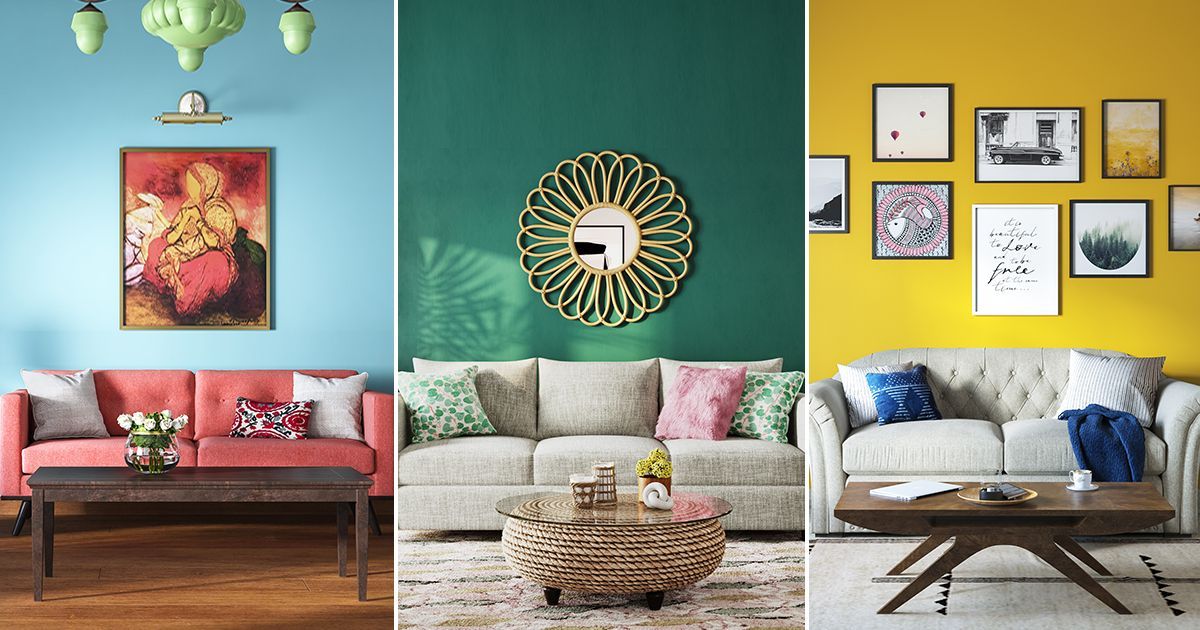Find renowned interior design firms that redefine elegance.
Find renowned interior design firms that redefine elegance.
Blog Article
Change Your Home With Essential Concepts of Interior Decoration and Aesthetic Appeals
The art of changing your home via the important principles of indoor style and aesthetics needs a thoughtful strategy that harmonizes shade, equilibrium, and spatial recognition. By understanding the impact of shade concept and the value of appearance and patterns, one can produce rooms that are not just visually appealing however also deeply individual. Accomplishing this balance involves even more than mere decor; it incorporates a strategic plan and a keen understanding of how each aspect engages within a space. As we check out these fundamental principles, consider exactly how they might redefine your understanding of home and individual expression.
Understanding Color Theory
Comprehending the concepts of color concept permits developers to develop areas that reverberate mentally with owners while fulfilling functional requirements. Each classification plays a crucial role in developing consistency within a room.
The mental effect of shades is extensive; cozy hues such as reds and oranges evoke energy and warmth, while trendy tones like blues and greens promote calmness and harmony. The usage of corresponding shades boosts aesthetic passion, creating striking contrasts that can raise a space's charm.
Neutral shades, on the other hand, act as a flexible background, permitting various other layout components to beam. It is vital to think about variables such as lights and the area's objective when picking a shade combination, as these can modify the assumption of shades throughout the day.
Inevitably, a well-considered color design can transform a space, promoting a sense of comfort and design that straightens with the citizens' choices. Proficiency of shade theory is, for that reason, an important skill for any kind of indoor developer intending to develop unified and welcoming environments.
Attaining Balance in Layout
How can developers accomplish a feeling of balance in their spaces? Accomplishing balance in style is basic to developing harmonious insides.
Asymmetrical equilibrium, on the other hand, relies upon varying elements that still attain a cohesive look. This strategy enables for more vibrant and informal plans, providing rate of interest while maintaining balance. By meticulously selecting differing dimensions, colors, and structures, developers can develop an aesthetically compelling area that really feels balanced yet energetic.
Radial equilibrium highlights a central prime focus with components emitting exterior. This style is typically seen in round layouts, where furnishings and design produce a natural surround that draws the eye internal.
Eventually, achieving balance calls for thoughtful consideration of range, percentage, and the partnerships in between aspects. miami luxury interior design. By masterfully using these equilibrium principles, designers can transform rooms right into atmospheres that really feel both cosmetically pleasing and functionally harmonious, boosting the general experience for owners
Significance of Spatial Awareness

An eager feeling of spatial recognition enables designers to recognize centerpieces within an area, directing the audience's attention to key attributes while preserving an overall feeling of unity. It additionally assists in the calculated placement of illumination, which can dramatically affect the my latest blog post perception of area and mood. Comprehending spatial partnerships makes it possible for the designer to provide to the certain demands of inhabitants, ensuring that each location offers its designated function without endangering aesthetics.
Inevitably, spatial understanding is essential for maximizing the possibility of any type of indoor room. By carefully considering the interplay between measurements, layout, and function, developers can create settings that not only fulfill useful requirements but likewise evoke a sense of convenience and appeal, improving the total living experience.
Including Texture and Patterns
Welcoming a varied variety of textures and patterns can substantially enhance the visual and responsive appeal of an indoor room. The critical use different products-- such as timber, metal, textile, and stone-- creates deepness and passion, making an area feel much more welcoming and dynamic. For instance, integrating smooth surface areas with rough structures can establish a balance that draws the eye and involves the senses.
When incorporating patterns, think about both range and repetition. Huge patterns can serve as centerpieces, while smaller, refined styles can match various other aspects without overwhelming the area. Layering patterns, such as pairing floral paddings with candy striped throws, adds intricacy and a sense of harmony this link if implemented thoughtfully.
It is additionally critical to preserve a cohesive shade combination, making sure that structures and patterns interact as opposed to contend for focus. By picking a few key textures and patterns, you can produce a linked aesthetic that shows your individual design while improving the total setting of the space. Inevitably, the mindful unification of these components can transform a mundane room right into an innovative environment abundant with character and heat.
Personalizing Your Space
Developing a space that shows your personality is important to accomplishing a really welcoming setting. Customization in interior decoration enables you to infuse your distinct style and passions right view publisher site into your home, changing it from a plain shelter right into a refuge that talks with who you are. Begin by choosing a shade combination that resonates with your emotions-- strong colors can energize, while soft tones supply tranquility.
Integrate art work and decoration that show your interests, whether it be traveling, nature, or abstract ideas. Displaying personal collections, such as publications, photographs, or mementos, can evoke treasured memories and produce prime focus within an area. Furthermore, take into consideration personalizing functional items, like upholstered furnishings, to straighten with your visual preferences.

Conclusion
Finally, the transformation of a home via the necessary principles of interior decoration and aesthetic appeal necessitates a thorough understanding of shade concept, balance, spatial recognition, appearance, and customization. Each component adds significantly to producing a harmonious and functional living atmosphere - Architecture Firm. By attentively incorporating these principles, people can enhance the visual appeal and psychological resonance of their spaces, eventually cultivating a home that shows distinct identities while giving convenience and practicality
Report this page